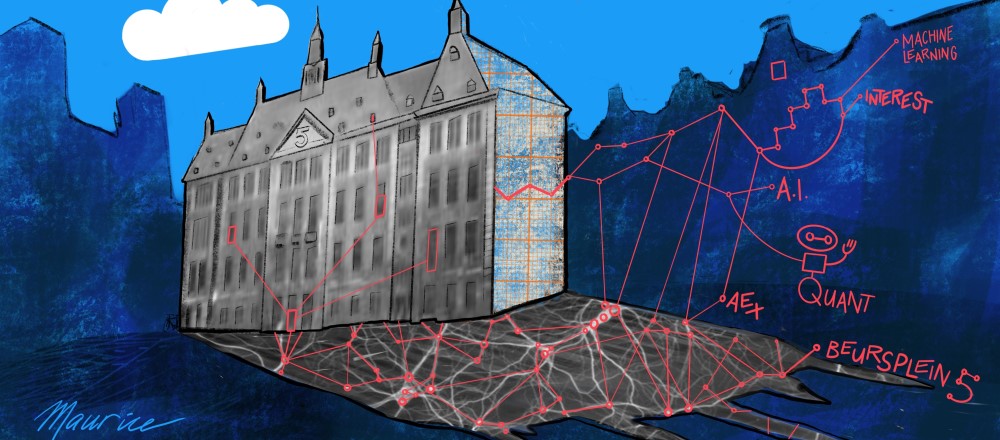This project was an assignment by a private collector that had several artists create their own art works from parchment. This article describes how I approached creation of my parchment art work: Hidden Sacrifice and Scapegoat
 |
| Side view of Hidden Sacrifice object |
Parchment inspiration
It was inspiring to get an assignment to create an art object using parchment. Before actually starting the process of making I did see the many other art objects already created using parchment by other renowned artists; before actually seeing the other art works I had been a bit afraid to be overwhelmed and lose all inspiration; sometimes when Iook at a Van Gogh I can feel so humble that nothing gets created for days…
I then tried to get connected to the parchment as a material, which is completely new to me. It was used in the middle ages for writing letters and books and nowadays no longer used as it is completely replaced by paper. This parchment that I received from Jan was made in a monastery, only currently known place in the Netherlands
The parchment is made from animal skin, and in this case goat skin through a process of continuously stretching, scraping the surface. This process requires time and patience and is almost a ritual in itself. It made me more realize that nowadays we stand quite far from animals, especially when it concerns consumption of pre-packaged meat from the supermarket etc. When we see animals suffering we stand up and protest, but we accept so many animals treated wrongly and without respect when it concerns our own food.
Seeing the parchment in its original form reminds me directly of the animal that died as part of the process of parchment making. It is no longer shown but we thank these pieces of art due to the sacrifice made by the animal; a forced sacrifice that is.
I realized also that myself I had been too much into the consumption mode regarding animals, meat, and this parchment confronted me with that. I would somehow need to pay respect to the goats while going through the art making, trying to bring back the sacred part of the animal and restoring it, enriching it in the process.
The idea
One morning in New York
In addition I looked up the text on Abraham where he is asked by God to bring his son to the mountain and sacrifice him as a ‘test of loyalty’. Abraham actually is willing his sacrifice his son, and is only last minute interrupted by an angel telling him to spare his sons life. They find a ram stuck in the bushes and decide to sacrifice the ram. I would say that another parallel I would see is that Abraham is only allowed to sacrifice an animal when he has shown he is willing to sacrifice his own son. In a way it shows the respect that one should have for the life of an animal.
Writing the text
A few weeks after conceiving the idea in New York
I spent that full weekend working on the different steps ending the weekend fully energized.
After that I painted with the same feelings and mind the other side in a more abstract way; it flowed from me when making it. And after that I used an aspect of parchment that is different than paper; I used fire to shape (as parchment does not burn but almost melts when in touch with fire) the outside and create a hollow object, restoring the original 3dimensional shape of the goat.
The Monday after
The day after I had went to a museum in Paris
The goats resurrected
A personal letter of sacrifice
Attached to the object there is a letter. It contains bible text that I found and that related most strongly to me and a personal sacrifice I would and should make in the process. It is sealed as the message is hidden, like many sacrifices, and the purpose is not for people to admire or get shocked by the sacrifice, but more to be a personal statement; the learning experience should be in me and not about how people see my experience.










